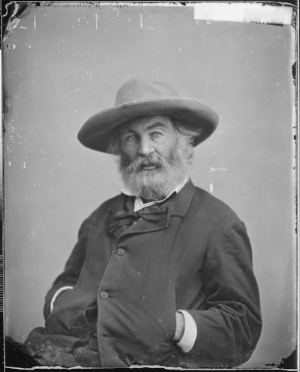what is broken is not ruined
Fix it.
This is my knee-jerk reaction.
Something is broken? My body? Our country? Your heart?
If it’s broke, fix it.
What else is there to do?
*
Language has deep roots, and when I dig down to the taproot of break, I expect ruins and shards. Broken means damaged; this is the broken I must fix.
I do find some ruins in the etymology of break. But among them, there is possibility.
I find: “to burst forth,” “to spring out,” and “to break into,” and I expand my thinking.
Daybreak is a beginning.
We break bread to share and connect.
We create comfort by breaking the ice.
We hear the latest through breaking news.
We recharge with a lunch break - or we used to, anyway, when we still took them.
When we are boldly original, we break the mold.
We have a breakthrough, and expand our sense of what’s possible. What is.
*
Thinking of brokenness as not destructive but generative - as a means not of dis-integration, but of deeper connection - brings to mind that well-worn Leonard Cohen lyric:
There is a crack in everything
That’s how the light gets in.
In breaking: that’s how the LIFE gets in.
I love how Walt Whitman describes lifeforce: Nature without check with original energy. Life, like Whitman’s “Song of Myself,” is unruly, unpredictable, unstoppable. Each moment breaks open, bursts forth into the next.
Urge and urge and urge
Always the procreant urge of the world.
For Whitman, the brokenness is not regrettable, but lovable. It is an aspect of lifeforce propelling us to become more of who we are. It conveys Original Energy, and is not to be resisted. It is to be embraced. Look for me under your boot-soles and all that.
I love him.
During the Civil War, Whitman volunteered in hospitals with wounded soldiers. He did not try to fix them. He simply loved them. He helped them pen letters to loved ones, entertained them with games, brought them candy for sweet tooths, re-membered them in his own writing.
What happens when we embrace the brokenness, when we tend it with love?
*
I inherited a beautiful vase from my grandmother. It survived World War II. It survived a journey from Poland to Chicago to New Mexico to Maryland.
It survived Grandma.
And then - sunny afternoon, children laughing, ball thrown indoors - it broke. A small piece of the rim, and (also, again) my Grandma-grieving heart.
I never did find the little triangle of porcelain chipped away.
Until today, I winced to think of the vase’s ruin. But now, in that little triangular space in the broken rim, I sense small, laughing children on a sunny afternoon. I imagine Grandma in the scene with arched eyebrow and suppressed smile. My eyes brim with tears.
That’s where the life got in.
*
So, what to do with what’s broken?
Look for the light, and the life, coming through. Tend it with love.
And remember that you choose the word that comes next.
Break through. Break open. Break free.


